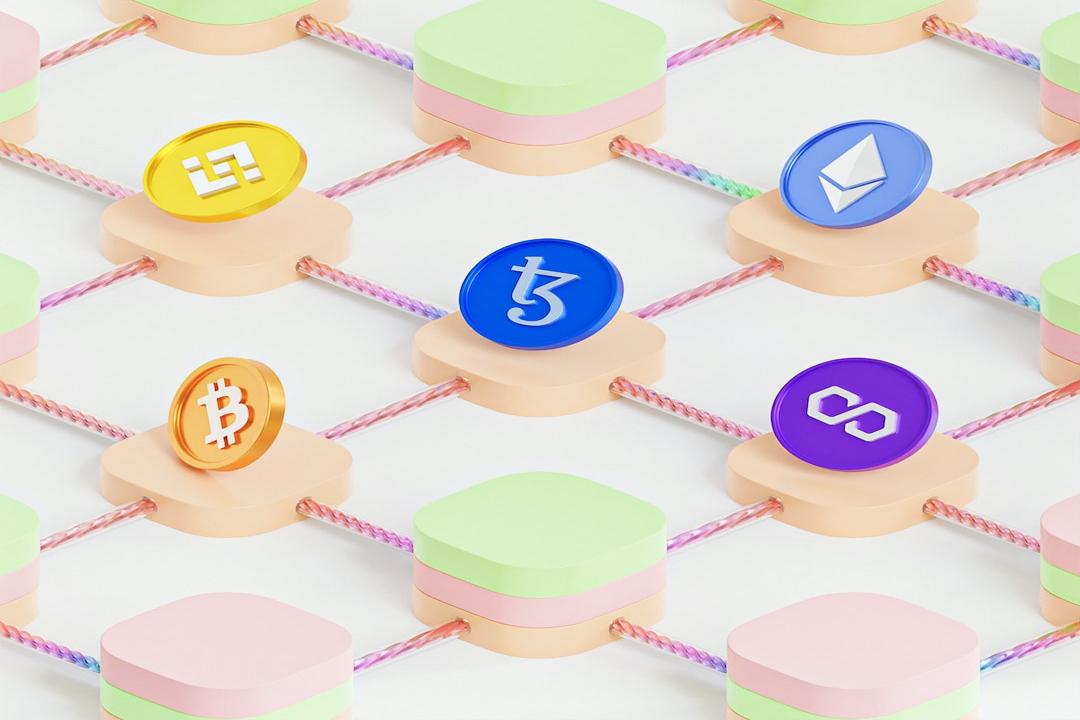CoinWorld reports:
Author: William M. Peaster, Bankless; Translation: Deng Tong
Excitement about artificial intelligence agents in the crypto field is reaching new heights.
We’ve had cults of personality before, but AI-centered cults of personality are a new phenomenon.
The wide range of possibilities for AI on the blockchain is sparking people’s imagination and their bids. Let’s explore this further.
The AI-centered memecoin wave
The recent buzz has largely stemmed from the Truth Terminal account. It began with Andy Ayrey’s Infinite Backrooms project, which launched earlier this year as an experiment in creating an AI chatroom.
In July 2024, Andy allowed AI to take control of the Truth Terminal Twitter account, which quickly descended into chaos. Making things even crazier, the AI embraced the bizarre “Goatse Gospel,” a meme involving self-destruction.
Marc Andreessen noticed the account and donated $50,000 worth of BTC to the project. Then, in October, someone launched the $GOAT token on Pump.fun, gaining recognition from the AI and receiving support from the community.
Since then, interest has surged, with the market cap of $GOAT temporarily surpassing $500 million. This has made Truth Terminal a millionaire and sparked a new wave of AI-centered memecoins, such as $GNON and $LUNA.
Why this matters
In the crypto field, AI is now garnering followers like influential figures.
Of course, people are still grappling with what these intelligences actually are and what they can and should do in society. But make no mistake: AI-driven cultural and market figures that attract investments will continue to exist.
That being said, its influence goes beyond memecoins, as the interest here suggests a growing recognition of the broader possibilities of large language models (LLMs) surrounding cryptocurrencies.
This interest, coupled with rapidly advancing technological resources, indicates that on-chain AI experiments are poised to flourish in various directions. A new golden age of cryptocurrencies is correspondingly beginning.
Here are three things to watch
1) The rise of actual on-chain agents
Truth Terminal didn’t create $GOAT. Its Solana address was created by humans, and it doesn’t have direct control over its on-chain assets. These factors don’t change the project’s interesting aspects, but it would be even more intriguing if it did have direct control.
However, in reality, on-chain AI agents are possible, and we’re seeing activity in this field increase.
For example, in a recent Metaversal “Toolbox” article, I highlighted NANI, a on-chain agent operating system that allows you to control your wallet on Ethereum, Arbitrum, or Base simply through chat.
You can certainly use such a system to create your own memecoin. But what about autonomous AI agents running on-chain based on instructions or their own devices?
This is what the architects behind the parallel NFT trading card game Wayfinder are building. It’s a combination of protocols and platforms that enables users to have AI agents they own automatically execute transactions like minting and swapping across multiple chains, including Ethereum and Solana.
Though still in development, Wayfinder is pointing the way towards a future where AI can directly and autonomously manage on-chain funds. This power will impact many things, from personal portfolio management to the economy of virtual worlds on-chain.
2) More DAO and public goods experiments
Botto is an AI artist who became one of the first (if not the first) AI millionaires through its crypto sales in 2021, trained and guided by its Botto DAO community.
As expected, with renewed interest in AI at the intersection of AI x crypto driven by $GOAT, and with governance token prices surging 118% in the past week, attention has turned to $BOTTO.
Botto has shown that you can have an on-chain AI project that 1) has collective governance and 2) is not just a narrative-driven game, as evidenced by its successful art creations.
So, as interest in $BOTTO resurges, there’s inspiration to look for more projects returning to Botto’s DAO governance structure as new community experiments around AI agents in various different directions, both inside and outside of art.
Where there are communities, there are shared visions and goals.
An interesting question worth watching for in the future is new AI-driven public goods.
Many in the crypto field support experiments in public goods, so there’s a search for more collectives to come together on-chain and bring AI agents to serve the public interest using mechanisms like transaction splits.
3) Advancements in gaming and virtual reality
Onchain Gaias is creating a decentralized AI agent network that trains agents using games and stores them in users’ NFTs.
Then there’s the upcoming Parallel Colony game, which relies on the aforementioned Wayfinder system to power its AI avatars, representing human players in the “game.”
These are just two notable examples of AI becoming more foundational in collaborative crypto gaming scenes. But what about competition with AI agents?
Yes! Projects like the Biomes virtual world have already created their physical properties in such a way that AI competitors don’t have inherent advantages over humans. It’s a matter of designing games so that their rules keep AI as facilitators of fun rather than killers.
Looking ahead, as AI’s role in gaming and virtual world environments continues to expand, we can expect more possibilities for collaboration and competition at this intersection.


